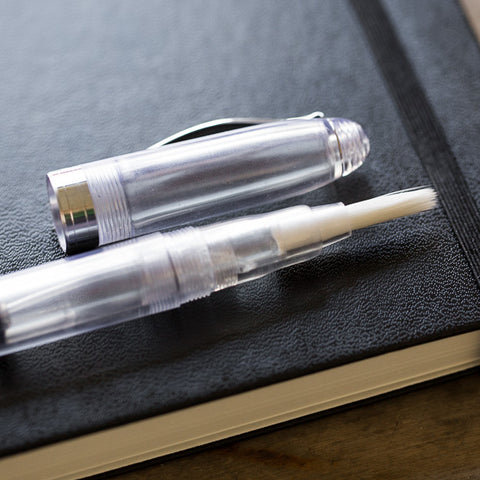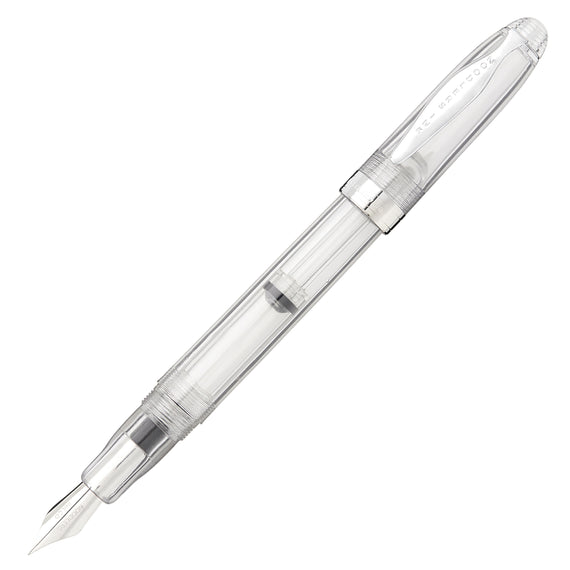Noodler's
Over a hundred bottled ink colors and dozens of flex fountain pens.
Shop By Collection
-
Noodler's Ink
Shop Now -
Noodler's Ahab Fountain Pens
Shop Now -
Noodler's Boston Safety Pens
Shop Now -
Noodler's Konrad Fountain Pens
Shop Now -
Noodler's Neponset Fountain Pens
Shop Now -
Noodler's Nib Creaper Fountain Pens
Shop Now -
Noodler's Triple Tail Fountain Pens
Shop Now -
Noodler's Refillable Brush Pens
Shop Now -
Noodler's Nibs
Shop Now -
Noodler's Pen Accessories
Shop Now

































